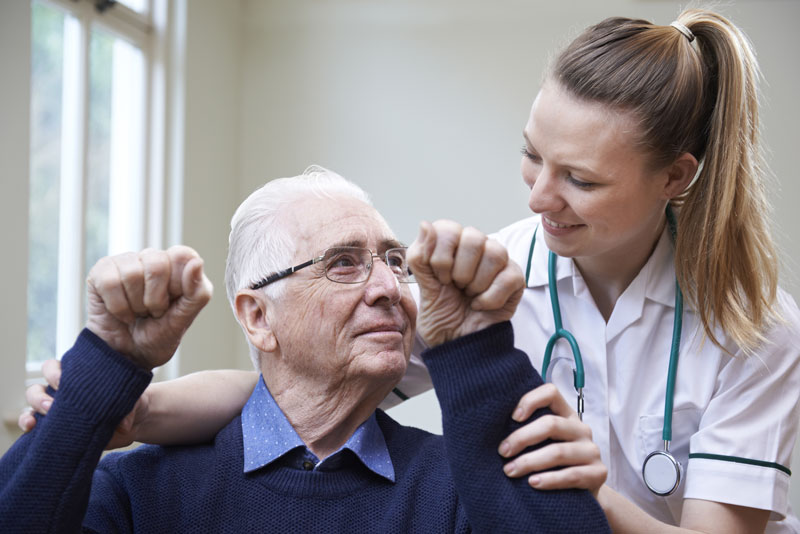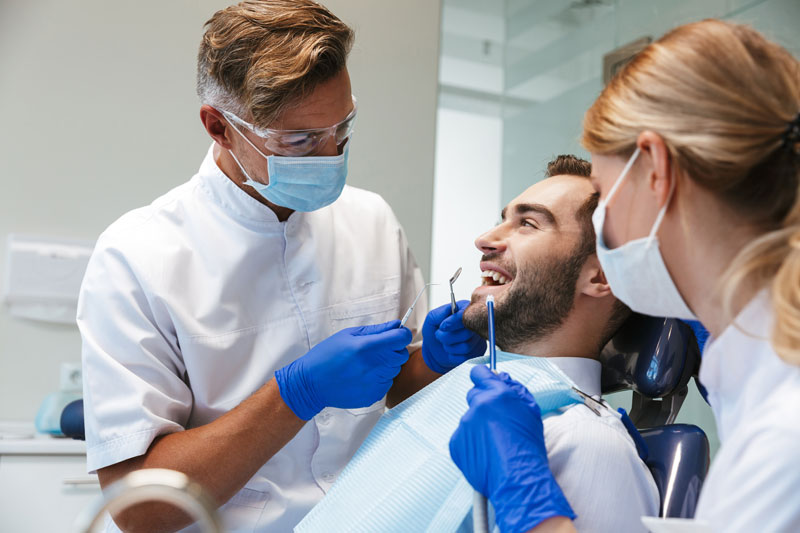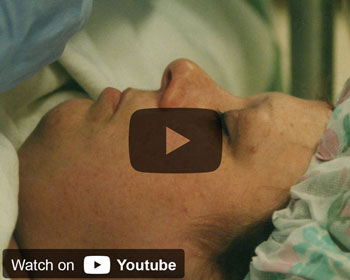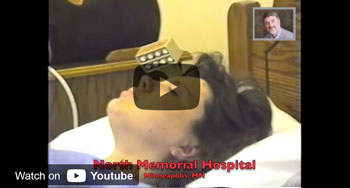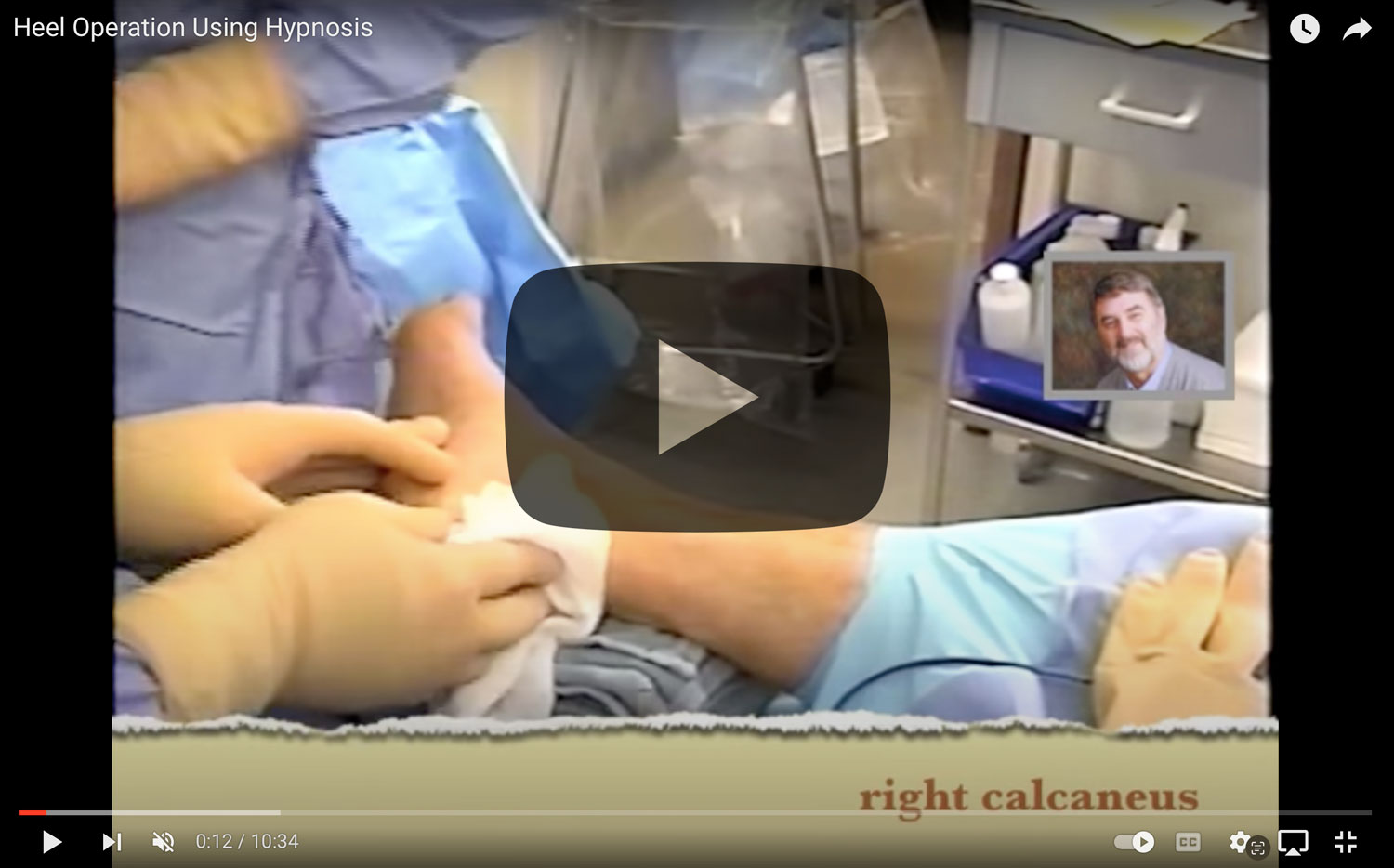
Medical Hypnosis and Hypnoanalysis
A Drug-Free Pain Relief
Medical Hypnoanalysis is more than just hypnosis. Primarily, the practitioner must have more training and familiarity with psychology and hypnosis. This was written by the American Academy of Medical Hypnoanalysts several years ago and I think it describes what Medical Hypnoanalysis entails better than some of the other explanations I've read.
The practitioner of Medical Hypnoanalysis requires a training background in the basics of psychology, developmental psychology, psychopathology, and psychotherapy as well as in hypnosis. Medical Hypnoanalysis is dynamic, short-term, and directed. It is dynamic in that the treatment approach emphasizes causes rather than just symptoms, explanations rather didn't descriptions and unconscious forces rather than conscience forces as the being the ultimate origin of the psychopathology. It is short-term in that in most situations thirty or fewer sessions are required for the completion of the treatment procedure. It is directed therapy in that the psychotherapist, upon makings a diagnosis, follows a medical model of psychotherapy aimed at alleviating the symptoms by means resolving the underlying unconscious causes.
Medical Hypnoanalysis first examines the presenting symptoms of the patient using a case history, observing verbal and nonverbal communication, while seeking unconscious clues to the ultimate causes of the symptoms to make a psychodynamic diagnosis. After the patient is introduced to hypnosis, the majority of the therapeutic sessions are conducted with a patient in the hypnotized state.
Such procedure allows identification and re-interpretation, adjustment or re-evaluation, and desensitization of specific casual events. This procedure is directed and correcting the symptoms and the unwanted behavior, which causes suffering and disease. For example, depressions, phobias, obsessions, psychosomatic disorders, self-destruction, anti-social behavior, and other emotional and psychological problems can be relieved. There are a variety of methods and procedures of applying the basic Hypnoanalytic method. Individuals' berries varieties are based on the specific training and treatment of circumstances of the clinician.
